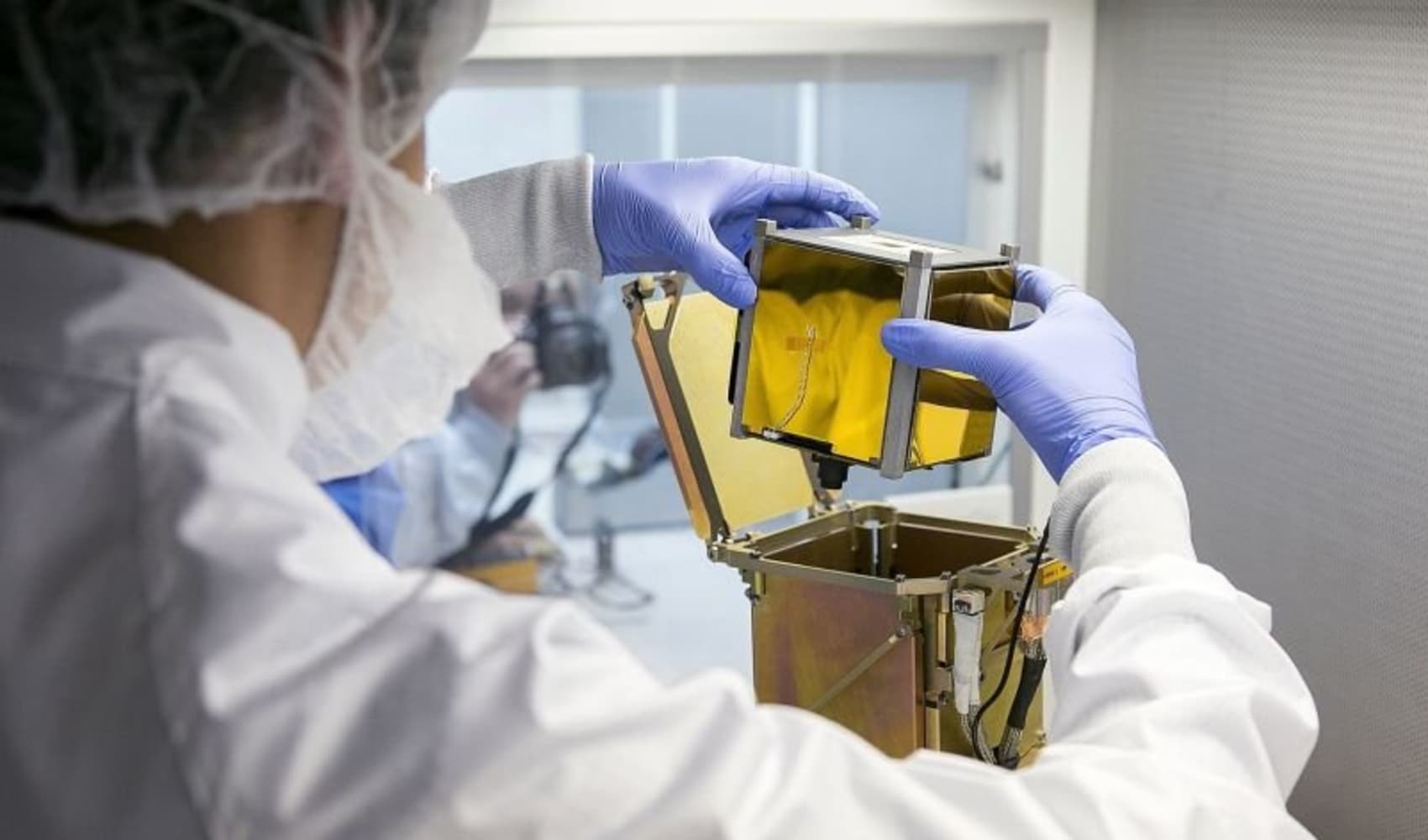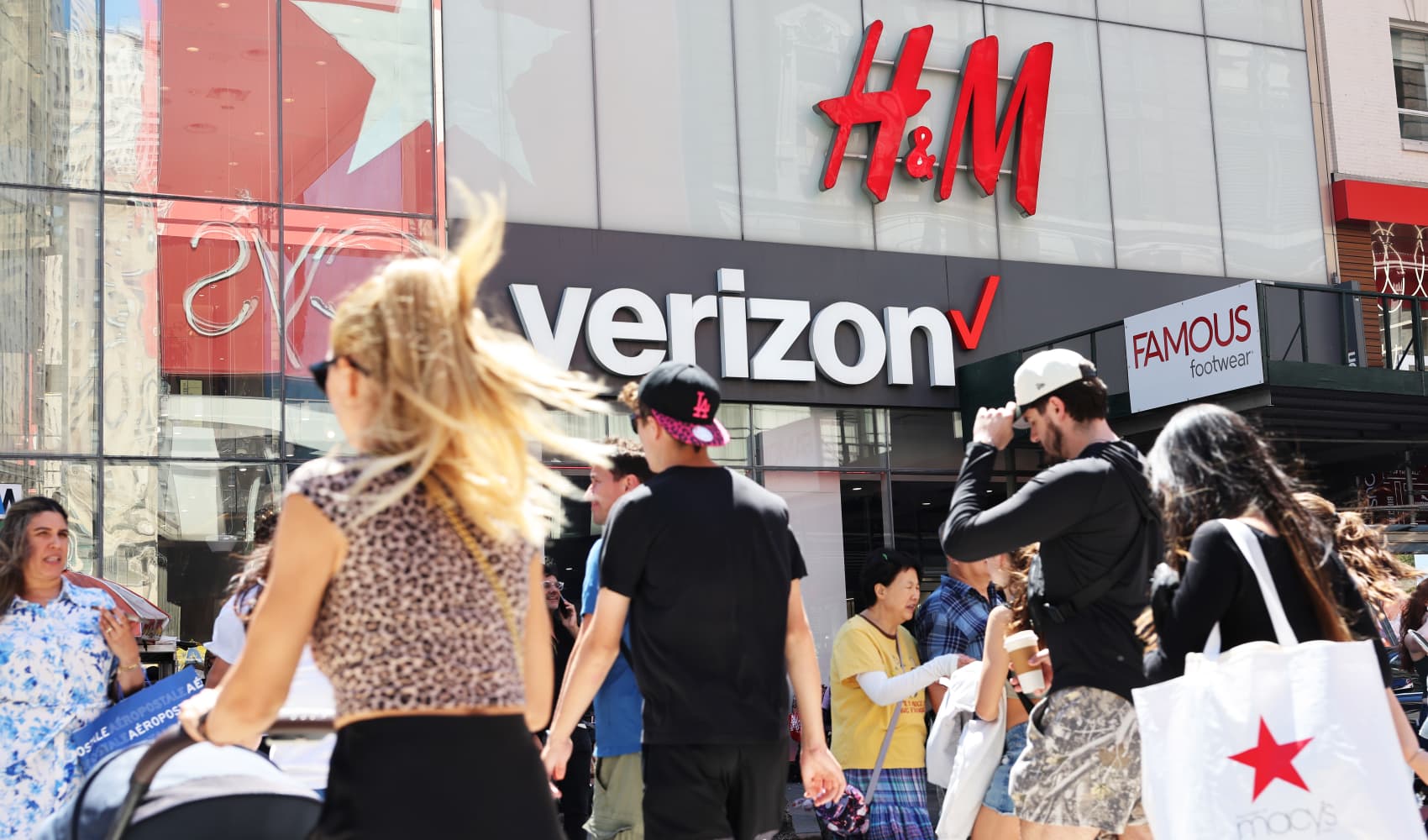
- For most college hopefuls, issues with the FAFSA forced a practical approach to this year's complicated admission season.
- One recent study found that 76% of students said the financial aid amount awarded to them, and the overall financial aid process, was the top driver in their choice about where to go to college.
- These high school seniors all chose the best offer over the best school.
Ramon Montiel-García, a newly minted high school graduate from KIPP Northeast Denver Leadership Academy in Colorado, was accepted to his first-choice school, Wheaton College in Massachusetts.
However, with a sticker price of nearly $80,000 per year, including tuition, fees, and room and board, Montiel-García, like many college hopefuls, needed financial aid to bring the cost down.
But also like his peers, Montiel-García struggled with the new federal financial-aid application.
We're making it easier for you to find stories that matter with our newsletter The 4Front. Sign up here and get news that is important for you to your inbox.
Although his parents have lived in the U.S. since 2001, they are both undocumented and don't have Social Security numbers, which was one of the many issues that dogged users of the Free Application for Federal Student Aid. In the meantime, Montiel-García honed a back-up plan.
His FAFSA application was ultimately accepted in late April — well after the late December launch following another monthslong delay. Still, he said the aid package he received from Wheaton was not enough to make ends meet.
"I would have to have paid $11,000 a semester, which is still a lot of money for me and my family," he said.
Money Report
Instead of attending Wheaton, Montiel-García instead enrolled at the nearby University of Colorado in Denver. He plans to live at home to keep costs down.
"I'm kind of disappointed I wasn't able to go to that school, but maybe it was for the best," he said.
The FAFSA is still an obstacle
Even in ordinary years, how students choose a college largely hinges on the amount of financial aid offered and the breakdown among grants, scholarships, work-study opportunities and student loans.
However, in 2024, a botched FAFSA rollout heightened the critical role of aid in college choices. Because of problems with the new form, financial aid award letters were delayed and some high school seniors, like Montiel-García, had trouble applying for any aid at all.
As of June 28, only 46% of new high school graduates have completed the FAFSA, according to the National College Attainment Network, or NCAN. A year ago, that number was 53%.
Submitting a FAFSA is one of the best predictors of whether a high school senior will go on to college, NCAN also found. Seniors who complete the FAFSA are 84% more likely to enroll in college directly after high school, according to an NCAN study of 2013 data.
The FAFSA serves as the gateway to all federal aid money, including loans, work study and grants, the latter of which is the most desirable kind of assistance because it typically does not need to be repaid.
FAFSA issues forced hard choices
About three-quarters, or 76%, of students said the financial aid amount awarded to them, and the overall financial aid process, were the top drivers in their choice about where to go to college, according to a survey by Ellucian and EMI Research Solutions conducted in March.
That outpaces parental influence, location, campus culture — and even the degree programs offered.
"This year, we are just seeing such deep concerns around college costs, more than in the past couple of years," Robert Franek, editor-in-chief of The Princeton Review, which recently ranked colleges by how much financial aid is awarded, told CNBC. "There is a stress level that is palpable."
More from Personal Finance:
The best private and public colleges for financial aid
Harvard is back on top as the ultimate 'dream' school
More of the nation's top colleges roll out no-loan policies
Higher education already costs more than most families can afford, and college costs are still rising. Tuition and fees, plus room and board, for a four-year private college averaged $56,190 in the 2023-2024 school year; at four-year, in-state public colleges, it was $24,030 per year, according to the College Board.

Experts predicted that problems with the new FAFSA would weigh heavily on enrollment, although it was initially unclear how much of a role it would play in decisions between schools.
Ellucian's study found that 44% of the 1,500 students surveyed said they'd switch their top-choice school if offered just $5,000 more in aid.
"It's a surprisingly small amount when you look at the total cost," Ellucian CEO Laura Ipsen said of the difference that award money made in the decision-making process.
The FAFSA's impact on decision-making
The challenge this year "was not only about the financial aid piece, which is huge, but comparing different offers coming in at different times," said Eric Greenberg, president of Greenberg Educational Group, a New York-based consulting firm. "It did have a big impact on the way people made decisions."
In previous years, financial aid award letters were sent out at about the same time as admission letters, meaning students had several weeks to compare offers ahead of National College Decision Day, the deadline for most admitted students to decide on a college.
Because of the extensive delays this year, some students won't get their final financial aid award letter until the end of August, the U.S. Department of Education said in a recent update.
Andrea Garcia, 18, is still waiting on that letter although she already committed to Emory University in Atlanta — and put down a deposit. Because her parents, like Montiel-García's, are also undocumented, she said the aid application process was problematic from the start.
"My parents were very stressed and, in a way, felt kind of guilty because of the system," she said.
As for now, Garcia is still considering her fallback, which entails staying closer to her home in Denver: "If Emory doesn't fit my financial needs, I will enroll in a regional school that offers a full ride."
Because of such delays, some students may even start their fall semester before they get key information about how much that's going to cost, according to higher education expert Mark Kantrowitz.
This also marks "the first admission" by the Education Department that the FAFSA won't be fully functional until after the start of the 2024-25 award year, which began July 1, he said.
Filling the gap with other sources of aid
Greenberg advises the students he works with to explore other sources of merit-based aid, as much as possible.
For Ky-mani Murphy, 18, that approach is what made the difference.
The high school graduate from Riverdale Park, Maryland, secured enough additional funding from the Maryland College Aid Processing System to afford his top choice school: Towson University.
"I really wanted to go to Towson," he said.
But after his award package from the school was delayed and then came in below his expectation, Murphy said he nearly lost hope.
"At that point, I was like, 'Wow my going to college might not work,'" he said.
With the added state-based aid, Murphy is on track to join Towson's freshman class this fall with plans to study computer science.
"I am just really grateful that I have the opportunity to go to a good college," he said. "I am really excited to see what's going to come."
'I didn't want to obtain a lot of debt'
For most students, though, the FAFSA fallout comes on top of an already complicated college admission season and concerns about student loans forced a compromise.
Right from the start, Chase Hartman, 18, said he was more focused on scholarships than even the college applications themselves. Still, the recent graduate was accepted into 17 schools, including his top choice, Duke University.
"I did get accepted into Duke, but I was only able to get a year's worth of scholarships," he said. Ultimately, that was the deciding factor.
Hartman, who is from Tampa, Florida, qualified for the state's Bright Futures college scholarship program as well as a Lombardi award, which brought his in-state cost of attendance to the University of Florida down to essentially zero. He'll start there in the fall.
"I didn't want to obtain a lot of debt in my undergraduate education, because I am also considering going to law school or getting my MBA," he said.






